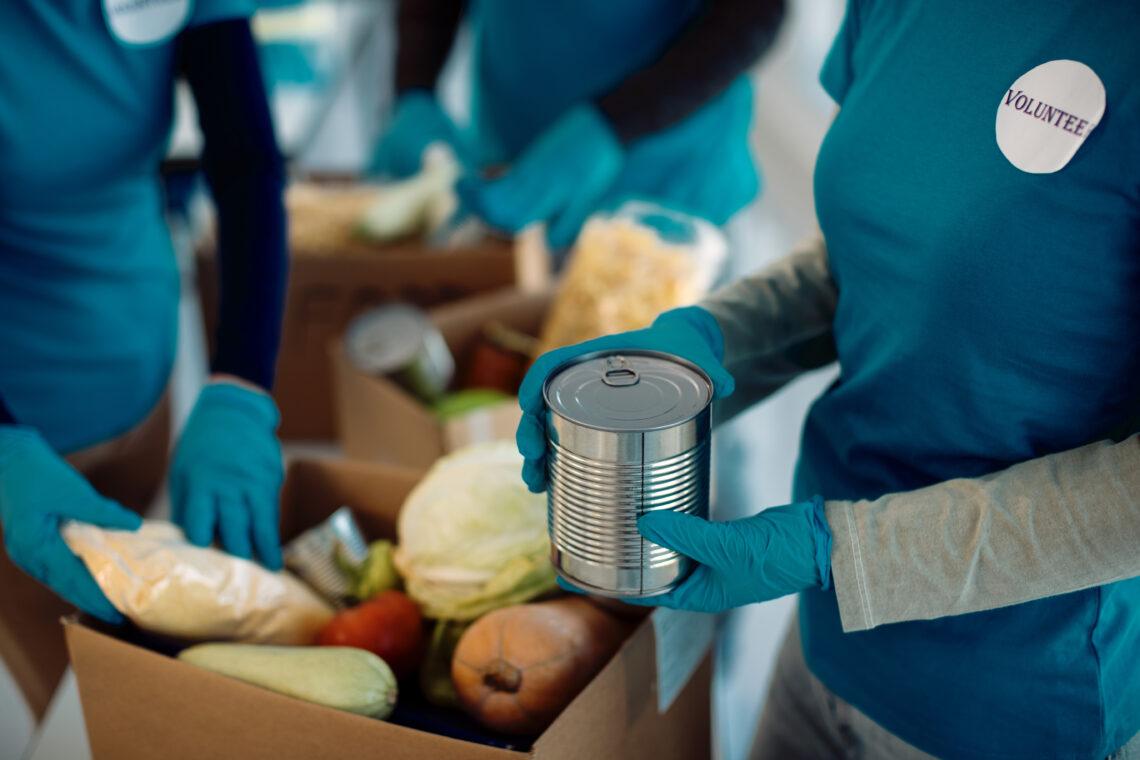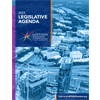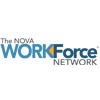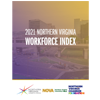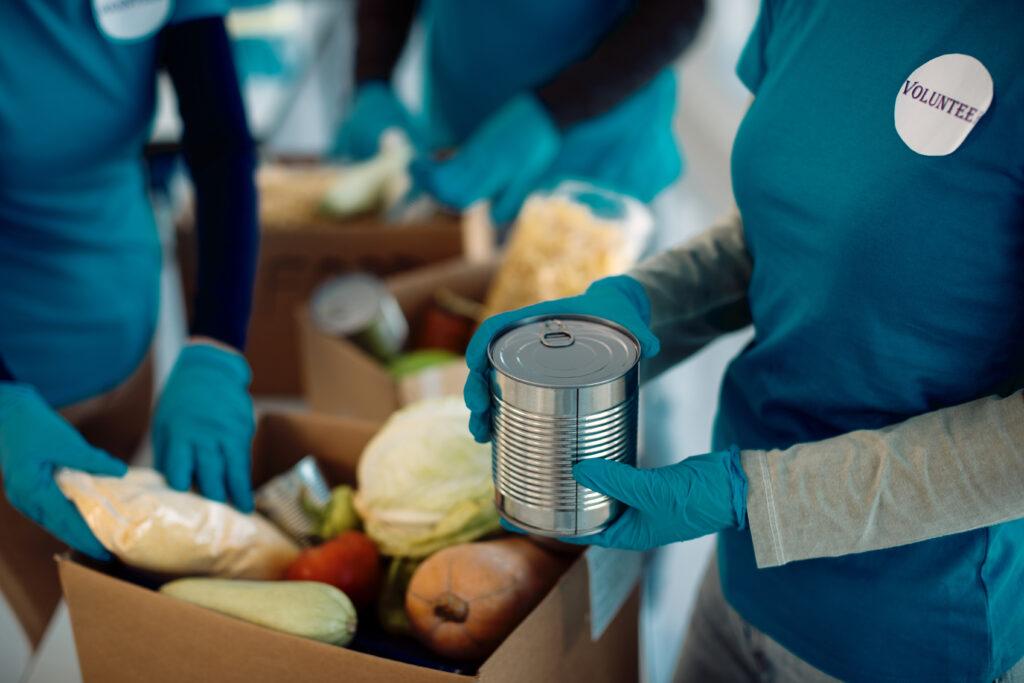 After two years of struggling through pandemic-related woes, our workforce now finds itself battling with a new daily challenge in inflation. And while the side effect of rising prices and the Fed's defensive response to raise interest rates are presented in the news as threats to our housing market and daily coffee purchases, those living closer to the bone within our own workforce find themselves struggling with the most basic of needs: hunger. June's Consumer Price Index shows that grocery store prices across the United States have spiked 12.2% in the last year - the largest 12-month increase since April 1979. Combine that with other inflation-related increases and the result is that those who work within the food bank and supporting non-profit world are being tasked to feed people who, although they have jobs, can no longer afford to feed themselves and their families.
After two years of struggling through pandemic-related woes, our workforce now finds itself battling with a new daily challenge in inflation. And while the side effect of rising prices and the Fed's defensive response to raise interest rates are presented in the news as threats to our housing market and daily coffee purchases, those living closer to the bone within our own workforce find themselves struggling with the most basic of needs: hunger. June's Consumer Price Index shows that grocery store prices across the United States have spiked 12.2% in the last year - the largest 12-month increase since April 1979. Combine that with other inflation-related increases and the result is that those who work within the food bank and supporting non-profit world are being tasked to feed people who, although they have jobs, can no longer afford to feed themselves and their families.
“Many folks have barely recovered – if at all – from the pandemic only to face additional financial hardships due to inflation. Demand for food assistance, rent, and car repair assistance is rising, and many of the families who are referred to us are at high risk of becoming homeless,” said Lisa Whetzel, Executive Director at Chamber member, Britepaths.
The Capital Area Food Bank identified that, in 2022, "69.6% of food insecure people are newly insecure." Fairfax County's 2022 Needs Assessment found that, "from May 2021 to May 2022, inflation raised consumer prices in the area by 7.5%. This increase represents the largest over-the-year increase in 40 years." This same study found that food prices alone have increased 16.5% from 2018 to 2022, while SNAP ended waivers, "that allowed residents to receive higher benefits will reduce the amount of money low-income households receive for food." The study's review of the Washington, Arlington, and Alexandria areas showed that household spending on food has increased by 25.6% in the last ten years.
Inflation isn't the only force behind rising prices and it hasn't only impacted the end consumer. Food banks are having to purchase food and gas at a higher rate at a time when donations from food manufacturers and the federal government have dropped significantly. Supply shortages have impacted food availability and prices. According to Feeding America, "food banks are buying nearly as much food as they did in 2021 but are paying 40% more for the purchases." Food banks are struggling to keep up with demand, with some smaller organizations in our region are having to cut back or close altogether. A recent Fortune report lists the inflation-related price jump on individual food items--some doubling in price within the last year.
There is some relief on the horizon. Just this week the Wall Street Journal reported falling prices for commodities like wheat and corn, but the expectation is that the trickle down to the consumer will be a slow process. In the meantime, area food banks and supporting non-profits could use help getting through this crisis.
As a business community, we have all struggled during the pandemic. This is just one more hurdle we need to clear. The Chamber will continue to promote member businesses that are helping those in need like those mentioned in our Positively NOVA! newsletter (see our Summer 2022 issue). If you'd like to help out, please contact these member non-profits:




